Negative reinforcement plays an important role in anxiety and related problems. Obsessive-compulsive disorder, social anxiety, panic attacks, and other related disorders can all be worsened by it. So what is negative reinforcement?
Anxiety is relatively well understood in the 21st century. A mere 50 or 75 years ago, that wasn’t true. Now we know what makes its machinery run. This increased understanding has taught us that anxiety can be caused by one set of issues and sustained by another.
If you have anxiety, this improved understanding matters because addressing what originally caused your anxiety may be less important than addressing what sustains your anxiety now.
Often, anxiety is sustained or strengthened through a process called negative reinforcement.
What Is Reinforcement?
Reinforcement is anything that makes a behavior more likely to happen again. It applies to animals as well as to humans. The best way to understand this concept may be to look at some examples of reinforcement:
- You give a dog a treat after it follows a verbal command; the dog will be more likely to follow that command again next time.
- A child gets loving parental attention after crying; the child may cry more often.
- A man feels more relaxed after having a glass of wine; he may be more likely to drink more wine in the future (especially when he needs to relax).
- You get a charming smile or laugh every time you make a joke; you’re more likely to crack more jokes over time.
Reinforcement is sometimes a conscious process and sometimes not. In the example above, the child may not consciously recognize the link between crying and parental attention. Despite that, the child might respond as if she recognized it — that’s the power of reinforcement.
Reinforcement is an important concept with applications in settings as diverse as dog training, child-rearing, and marriage.
Positive vs. Negative Reinforcement
There are two types of reinforcement — positive and negative. Positive reinforcement refers to making a behavior more frequent by adding something. Negative reinforcement involves doing the same by removing something.
Positive reinforcement examples
Examples of positive reinforcement are similar to what we think of as “rewards:”
- A waiter does a good job and gets a bigger tip.
- Kindness towards a stranger yields a warm “thank you.”
- A spoiled child throws a fit and gets candy from a parent.
Negative reinforcement examples
Negative reinforcement examples are a little less obvious:
- Taking a Valium to make your anxiety go away.
- Going out to the bar means your stressful family situation is temporarily gone.
- Cleaning the kitchen to make your partner stop nagging you about it.
- Going for a run to forget your troubles (for a while).
- Using some more opiates to get rid of your withdrawal symptoms.
Negative reinforcement is often very relevant in understanding anxiety and in working to overcome it. Negative reinforcement doesn’t typically create anxiety, but it often makes it stronger. In the Valium example above, the Valium did not create the anxiety — the anxiety was there first. But anxiety can increase quite significantly through the use of a drug like Valium.
Negative reinforcement typically affects anxiety through one of three ways: drugs, alcohol, and avoidance.
Drugs (Prescription and Otherwise)
Whether it’s marijuana, Xanax, Klonopin, Ambien, or others, medications can be a powerful way to quickly change the way we feel. Sadness, anxiety, shame, and many other emotions can be drastically reduced by taking a pill or having a THC edible. These medications are effective in eliminating some unpleasant emotions. So what’s the downside?
The downside is that using drugs in this way systematically undermines our ability to cope with difficult emotions. We all have a natural capacity to tolerate unpleasant emotions. Think of emotions like rainstorms; they make everything feel different for a while, but then they pass. Emotions also have a natural course — if we allow them to run that course, they recede. This requires us to sit with unpleasant feelings. When we rely on drugs or medications to avoid or eliminate these feelings, we erode our natural emotion management skills.
“Kids are different today”
“Mother’s Little Helper,” the Rolling Stones, 1966, on anti-anxiety drug use.
I hear ev’ry mother say
Mother needs something today to calm her down
And though she’s not really ill
There’s a little yellow pill
She goes running for the shelter of a mother’s little helper
And it helps her on her way, gets her through her busy day
This is one of the ways in which all of the above medications and drugs are habit-forming. If we come to rely on them to handle common emotional experiences, we can become dependent on them.
Alcohol
Similarly, alcohol has the ability to eliminate unpleasant emotional states. It’s legal in every state and doesn’t require a prescription. Also, it’s typically more socially accepted than the drugs and medications mentioned above. Having a beer after returning home from a stressful workday is a common ritual that dates back centuries.
We often remove a negative emotional state when we have a drink; this welcome change has the effect of negatively reinforcing our having the drink. What that means is that we’re more likely to have another drink the next time we feel that way. This is one mechanism by which alcohol can become habit-forming (there are others too).
Avoidance
Perhaps the most common way that anxiety can worsen is through avoidance. People with anxiety usually avoid a situation that makes them feel anxious. For example:
- Some people with social anxiety will sometimes avoid parties or meetings
- People with agoraphobia will often avoid things like subways or bridges that they associate with anxiety or panic attacks
- Claustrophobia can lead to people avoiding elevators
- Contamination OCD can lead people to avoid touching things they worry are dirty or contaminated
It makes a lot of sense that people with these types of anxiety would avoid those things! Unfortunately, avoiding only makes the anxiety a bit worse each time it happens.
So how is avoidance an example of negative reinforcement? It’s another way of making a behavior more likely to recur by removing something unpleasant now. That “something unpleasant” is anxiety, and the behavior likely to repeat is avoidance. So basically, the more someone with anxiety avoids, the more likely they’ll be to avoid more as time goes on.
This avoidance deprives the person of the ability to learn that the feared situation might not be quite as bad as they anticipated. It makes them even more averse to the situation they’d been avoiding than before, thus making their anxiety worse.
Example: Escape Conditioning
Escape conditioning is an example of how negative reinforcement, via avoidance, makes anxiety worse. Consider the example of someone in a crowded movie theater who starts to have a panic attack. They get the impulse to flee and leave the theater in the middle of the movie. Their panic climbs until they reach the doors, and then subsides once they’re outside. This decision, though understandable, conditions the person to feel worse panic the next time they’re in a similar crowded place, and will strengthen the urge to escape — hence the term “escape conditioning.”
Using Your New Knowledge of Negative Reinforcement
Don’t get caught in negative reinforcement’s vicious cycle! If drugs, alcohol, or avoidance are part of an anxiety problem for you or a loved one, seek out a consultation with a cognitive-behavioral therapist. Why this type of therapist?
A cognitive-behavioral therapist will be trained in the type of therapy that is most effective for anxiety and related conditions. He or she will understand the function that avoidance or substance use plays in maintaining a problem, and so will be able to help you bust out of this pattern.
To learn more about cognitive-behavioral treatment, visit our cognitive-behavioral therapy page.
Subscribe to the Manhattan Center for Cognitive-Behavioral Therapy blog!



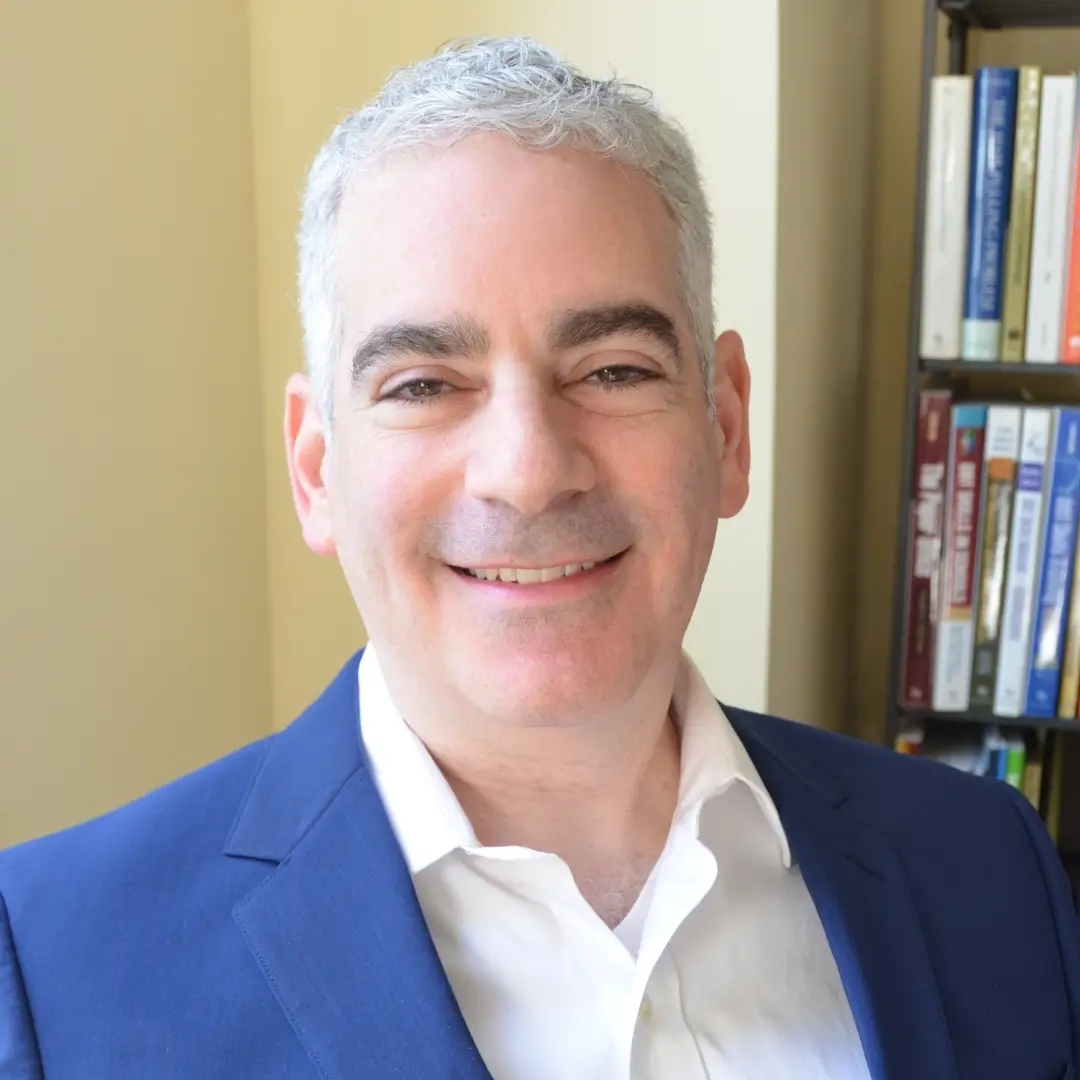
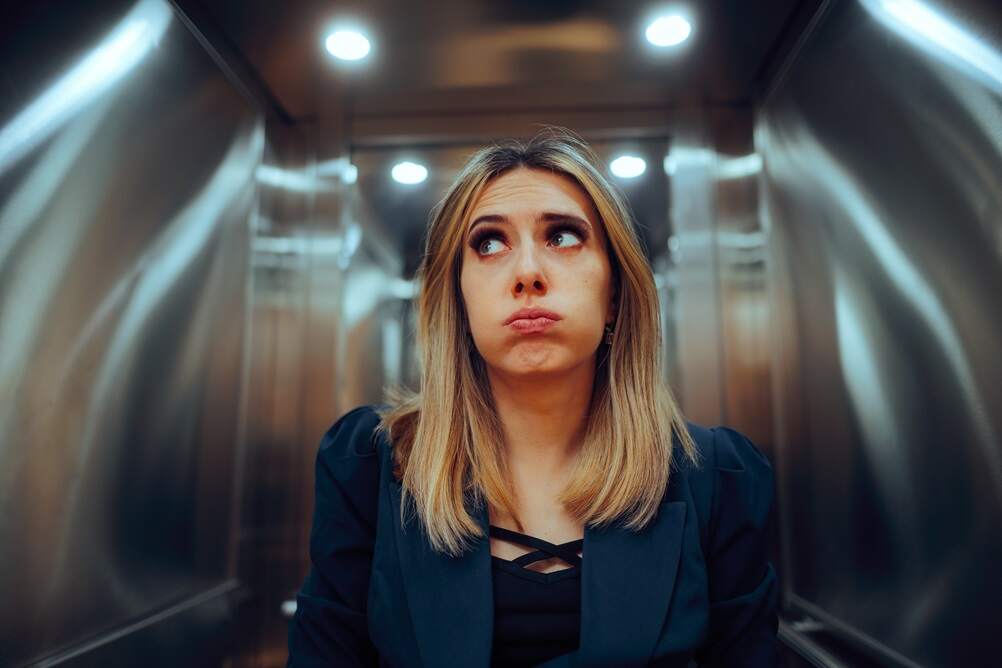
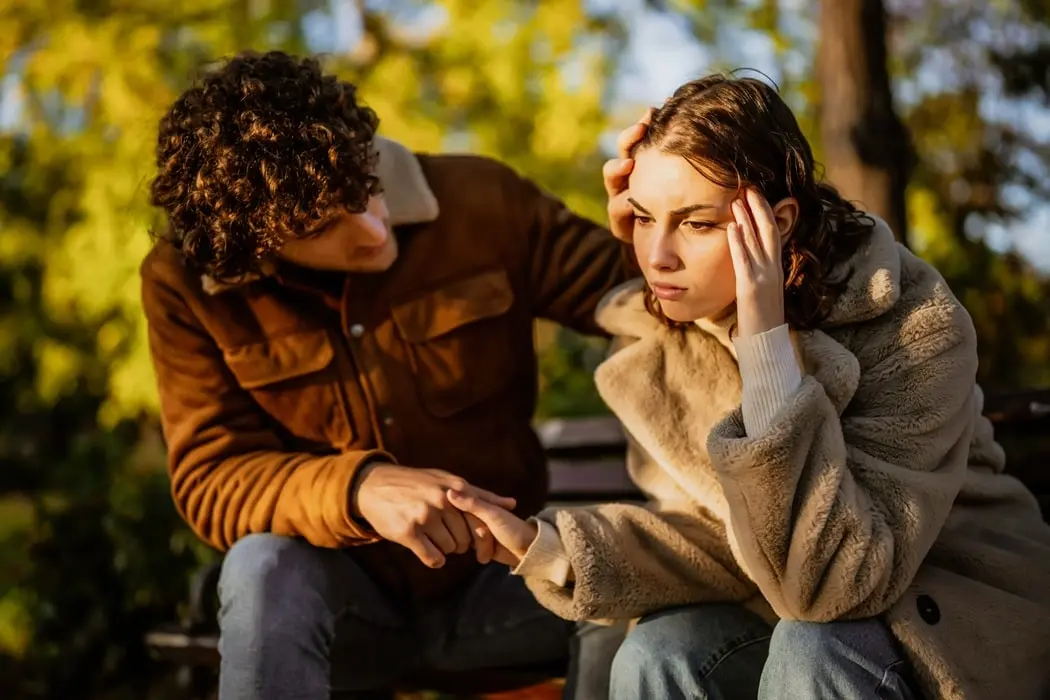
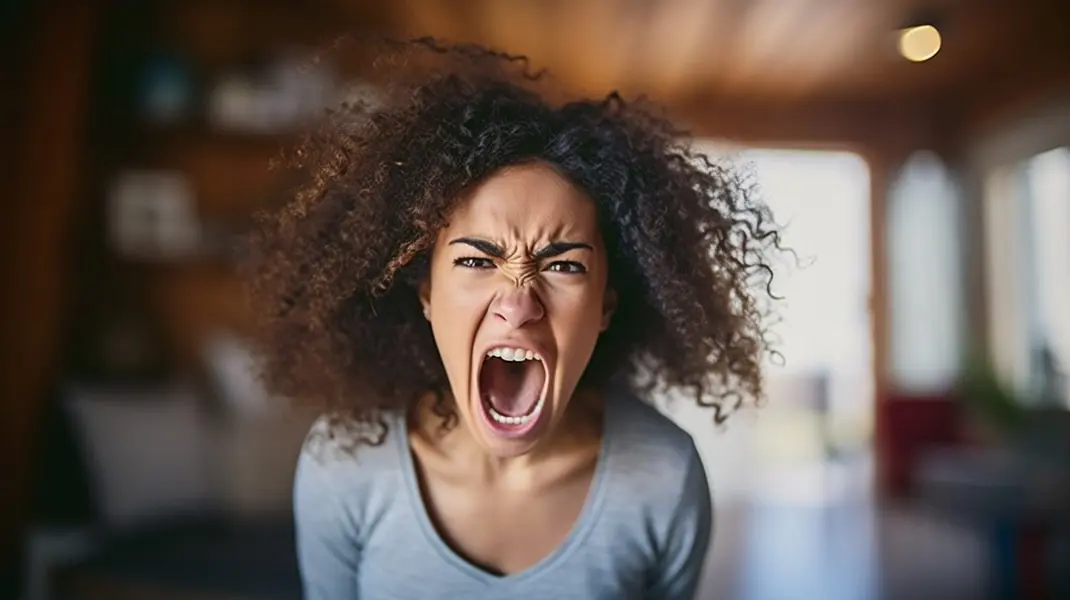
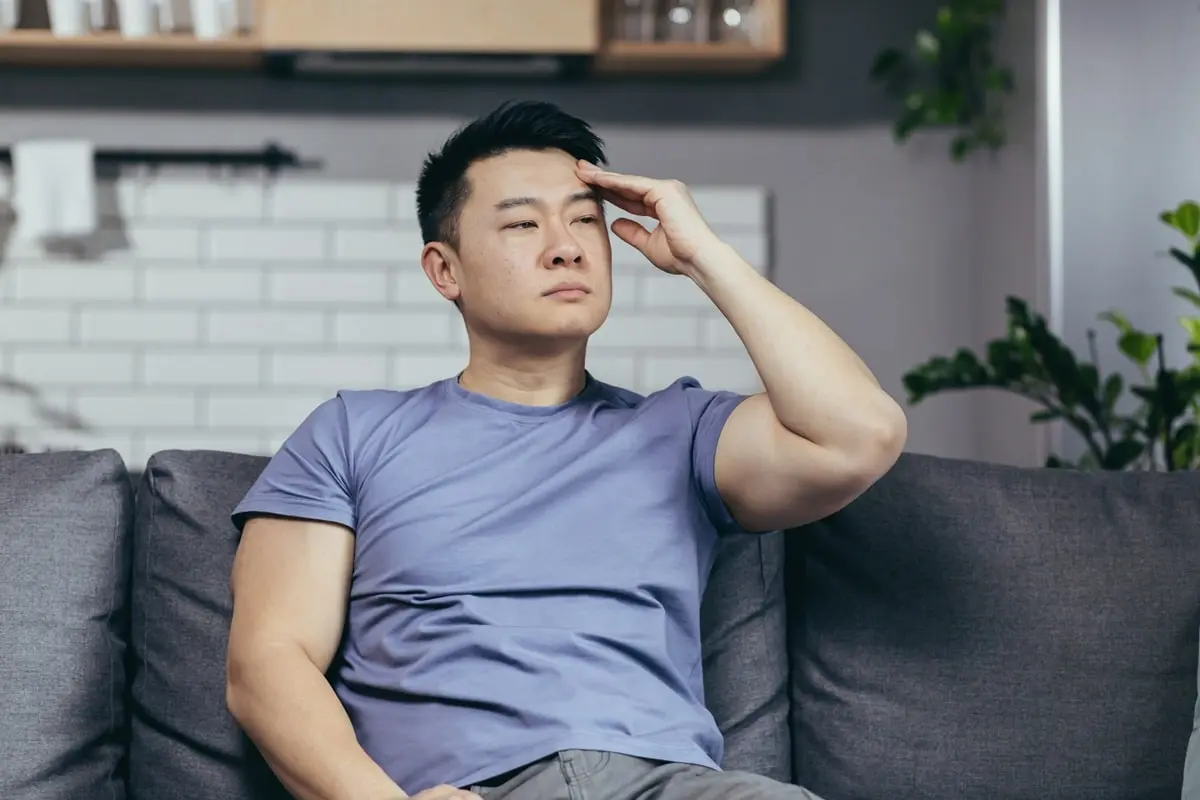


2 Comments